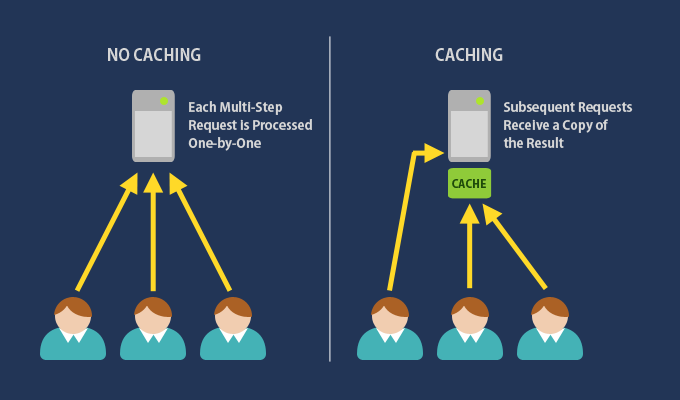
Antivirus tools are software programs designed to detect, prevent, and remove malware (malicious software) from computers and other devices. They play a crucial role in maintaining the security and integrity of systems by protecting against various types of threats, including viruses, worms, Trojans, spyware, adware, ransomware, and more. Here’s a comprehensive overview of antivirus tools, their features, and how to use them effectively.
Key Features of Antivirus Tools
- Real-Time Protection:
- Provides continuous monitoring of your system for malicious activity, blocking threats as they occur.
- On-Demand Scanning:
- Allows users to manually initiate scans of specific files, folders, or the entire system to identify and remove malware.
- Scheduled Scanning:
- Enables users to set up automatic scans at specified times to ensure regular system checks without manual intervention.
- Heuristic Analysis:
- Detects unknown or new threats by analyzing the behavior of programs and identifying suspicious activity.
- Automatic Updates:
- Ensures the antivirus software is always equipped with the latest virus definitions and security patches to protect against newly discovered threats.
- Quarantine and Removal:
- Isolates infected files to prevent further damage and provides options to remove or repair the malware.
- Web Protection:
- Monitors web traffic to block malicious websites and phishing attempts, safeguarding users during online browsing.
- Email Scanning:
- Scans incoming and outgoing emails for malware and spam to prevent infections from malicious attachments or links.
- Firewall Protection:
- Some antivirus tools include a firewall to monitor and control incoming and outgoing network traffic, adding an extra layer of security.
Popular Antivirus Tools
- Norton Antivirus
- McAfee
- Kaspersky
- Bitdefender
- Avast
- AVG
- Windows Defender (built into Windows OS)
How to Use Antivirus Tools Effectively
- Installation:
- Download and install the antivirus software from a reputable source. Follow the installation instructions, and ensure that you choose the right version for your operating system.
- Initial Setup:
- After installation, run the initial setup. This may include configuring settings such as real-time protection, scheduled scans, and enabling automatic updates.
- Update Virus Definitions:
- Regularly check for updates to ensure that your antivirus software has the latest virus definitions. Most tools will do this automatically, but it’s good practice to verify.
- Perform Regular Scans:
- Schedule regular scans (daily or weekly) to check for malware. Additionally, use the on-demand scanning feature to check specific files or folders as needed.
- Configure Real-Time Protection:
- Ensure that real-time protection is enabled to continuously monitor your system for threats. This feature is crucial for proactive defense against malware.
- Quarantine Suspicious Files:
- If the antivirus detects a potential threat, follow the prompts to quarantine or remove the file. Quarantine isolates the file, preventing it from causing harm.
- Review Reports and Alerts:
- Regularly check the antivirus reports and alerts for any detected threats or issues. This will help you stay informed about your system’s security status.
- Enable Web and Email Protection:
- Make sure the web protection and email scanning features are enabled to enhance security while browsing and communicating online.
- Educate Yourself on Safe Practices:
- Understand safe browsing habits, such as avoiding suspicious links and downloads, to complement the protection offered by your antivirus tool.
- Uninstall Unused Software:
- Remove any unnecessary or outdated software that could be a potential security risk. This reduces the attack surface for malware.
- Keep Operating System Updated:
- Regularly update your operating system and other software applications to patch vulnerabilities that could be exploited by malware.
- Consider a Multi-Layered Approach:
- While antivirus tools provide essential protection, consider additional security measures such as firewalls, anti-malware software, and VPNs for comprehensive security.
Conclusion
Antivirus tools are essential for protecting devices from malware and ensuring system security. By choosing a reputable antivirus solution and following best practices for its use, you can significantly reduce the risk of infections and maintain a safer computing environment. Regular updates, scans, and proactive user education are vital components of effective antivirus management.







